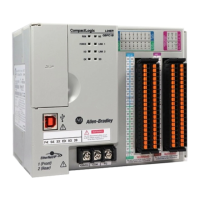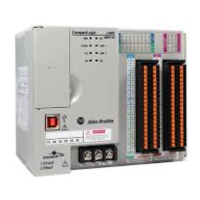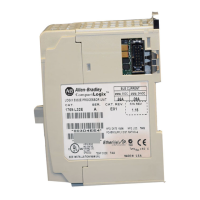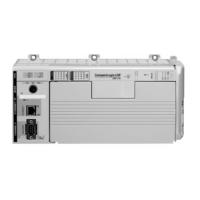Rockwell Automation Publication 1756-RM012B-EN-P - April 2018 29
Chapter 4
CIP Safety and Safety Network Numbers
Unique Node Reference
CIP Safety control systems are composed of CIP Safety devices that are
interconnected via communication networks. These networks consist of
devices (switches, bridges, adapters, and so on) that may not be SIL 2 or SIL 3
certified. Therefore, the CIP Safety devices must be inherently protected from
network delivery errors.
The CIP Safety protocol is an end-node to end-node safety protocol. This
configuration allows the routing of CIP Safety messages to and from CIP
Safety devices through non-certified bridges, switches, and routers.
A key element of the CIP Safety protocol is the concept of a Unique Node
Reference (also called Unique Node ID or UNID). Every CIP Safety device
must have a UNID value assigned to each CIP Safety-capable port.
Safety Network Numbers
(SNN)
Communications within a control system travel over subnets that are
interconnected with bridging or routing components. Examples of subnets:
• The backplane of a chassis
• A bank of I/O modules
•An Ethernet subnet within a LAN
Rather than creating a UNID directly for each CIP Safety device (which could
be prone to error in a large system), each subnet is assigned a unique Safety
Network Number (SNN), and the UNID is created from the SNN + the
Node Address.
Topic Page
Unique Node Reference 29
Safety Network Numbers (SNN) 29
Routable CIP Safety System 30
Considerations for Assigning SNNs 30
How SNNs Get to Safety Devices 32
SNN Formats 33
SNNs for Out-of-box Devices 35
IMPORTANT It is your responsibility to make sure that all UNIDs are truly unique within
the scope of all devices that could possibly communicate with each other.

